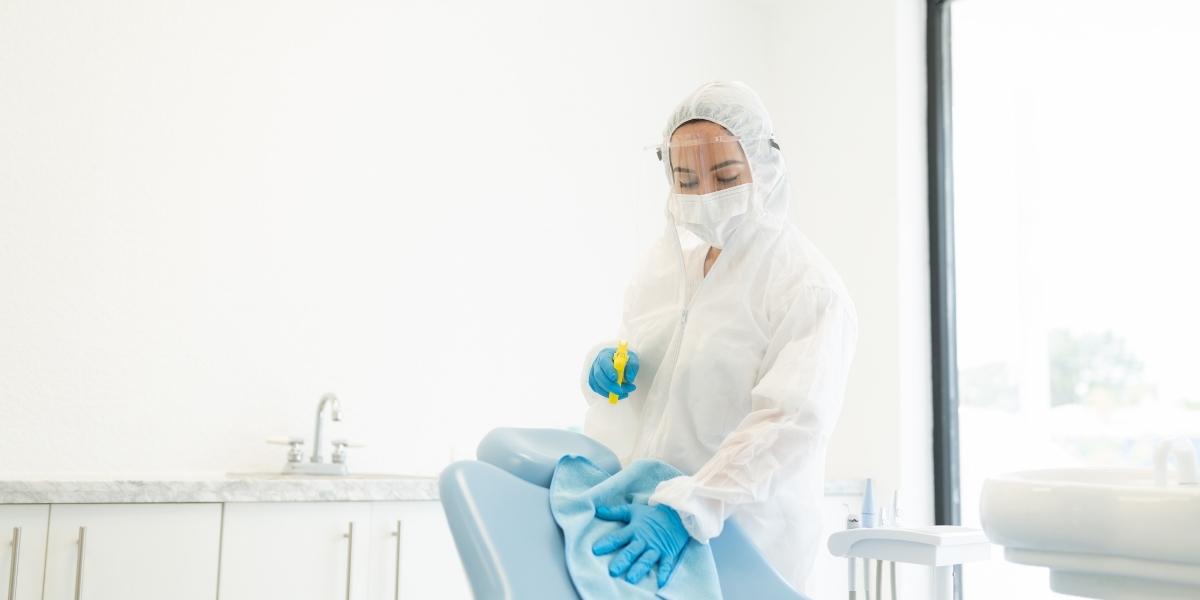Infection control is a top priority for every healthcare facility, as it plays a crucial role in preventing the spread of infectious diseases and protecting both patients and healthcare workers. To maintain a safe and hygienic environment, healthcare facilities rely on a variety of infection control products. In this article, we will discuss the top five must-have infection control products that every healthcare facility should have to ensure the safety and well-being of everyone within its premises.
- Hand Hygiene Products
Hand hygiene is one of the most effective ways to prevent the spread of infections in a healthcare setting. Healthcare workers come into contact with a variety of pathogens on a daily basis, making proper hand hygiene essential. To promote hand hygiene, healthcare facilities should have the following products readily available:
- Hand Sanitizer: Alcohol-based hand sanitizers are an effective and convenient way for healthcare workers to disinfect their hands when soap and water are not readily available. Hand sanitizers should contain at least 60% alcohol to effectively kill germs and bacteria.
- Antibacterial Soap: Healthcare facilities should provide antibacterial soap at handwashing stations throughout the facility. Antibacterial soap contains ingredients that help kill or inhibit the growth of bacteria, viruses, and other pathogens.
- Hand Moisturizer: Frequent handwashing and the use of hand sanitizers can lead to dry, cracked skin. Healthcare facilities should provide moisturizing hand cream or lotion to prevent skin irritation and maintain the integrity of the skin barrier.
- Surface Disinfectants
In addition to proper hand hygiene, maintaining clean and disinfected surfaces is essential for preventing the spread of infections in a healthcare facility. Surface disinfectants are used to kill or inactivate pathogens on environmental surfaces, medical equipment, and high-touch surfaces. Some essential surface disinfectants include:
- Disinfectant Wipes: Disinfectant wipes are pre-moistened with a disinfectant solution and are designed for one-time use on surfaces. They are convenient for cleaning and disinfecting high-touch surfaces such as doorknobs, countertops, and medical equipment.
- Spray Disinfectants: Spray disinfectants are available in liquid form and can be sprayed directly onto surfaces to kill germs and bacteria. They are ideal for use on larger surfaces or areas that are difficult to reach with wipes.
- UV-C Disinfection Systems: UV-C disinfection systems use ultraviolet light to kill or inactivate pathogens on surfaces. These systems are effective for disinfecting medical equipment, patient rooms, and other high-risk areas within a healthcare facility.
- Personal Protective Equipment (PPE)
Personal protective equipment (PPE) is essential for protecting healthcare workers from exposure to infectious agents and preventing the spread of infections. Healthcare facilities should provide the following PPE to their staff:
- Disposable Gloves: Disposable gloves should be worn by healthcare workers when performing patient care activities that involve contact with blood, bodily fluids, or contaminated surfaces. Gloves should be changed between patients and disposed of properly after use.
- Disposable Gowns: Disposable gowns provide an additional layer of protection for healthcare workers when performing procedures that may generate splashes or sprays of blood, bodily fluids, or other potentially infectious materials.
- Face Masks: Face masks help prevent the spread of respiratory infections by reducing the transmission of respiratory droplets from the wearer to others. Healthcare workers should wear face masks when caring for patients with respiratory infections or when performing procedures that may generate respiratory droplets.
- Sharps Containers
Proper disposal of sharps, such as needles, syringes, and lancets, is essential for preventing needlestick injuries and the transmission of bloodborne pathogens in a healthcare setting. Sharps containers are specifically designed for the safe disposal of sharps and should be readily available throughout the facility. Key features of sharps containers include:
- Puncture-Resistant: Sharps containers should be puncture-resistant to prevent accidental needlestick injuries during disposal.
- Leak-Proof: Sharps containers should be leak-proof to prevent the leakage of blood or other potentially infectious materials.
- Tamper-Resistant: Sharps containers should be tamper-resistant to prevent unauthorized access to the contents.
- Biohazard Waste Bags
Proper disposal of biohazardous waste is essential for preventing the spread of infections and protecting the environment. Biohazard waste bags are specifically designed for the safe containment and disposal of biohazardous waste, such as blood-soaked gauze, bandages, and other contaminated materials. Key features of biohazard waste bags include:
- Color-Coded: Biohazard waste bags are typically red or orange in color to distinguish them from regular waste bags and alert healthcare workers to the presence of potentially infectious materials.
- Leak-Proof: Biohazard waste bags should be leak-proof to prevent the leakage of blood or other potentially infectious materials during transport and disposal.
- Sufficient Strength: Biohazard waste bags should be strong enough to withstand the weight of the contents and prevent tearing or puncturing during handling and disposal.
Conclusion
Maintaining a safe and hygienic environment is essential for preventing the spread of infections in a healthcare facility. By providing essential infection control products such as hand hygiene products, surface disinfectants, personal protective equipment, sharps containers, and biohazard waste bags, healthcare facilities can effectively reduce the risk of healthcare-associated infections and protect the health and safety of patients and healthcare workers alike.


Comments are closed